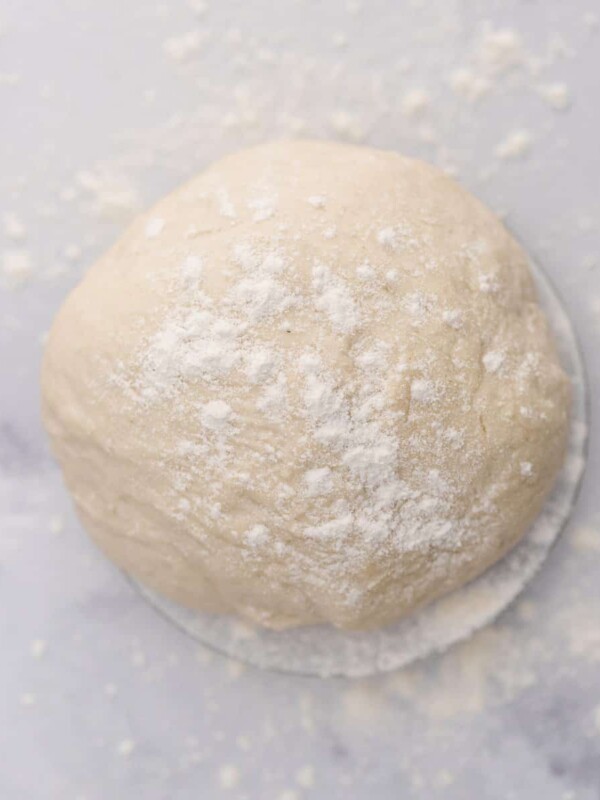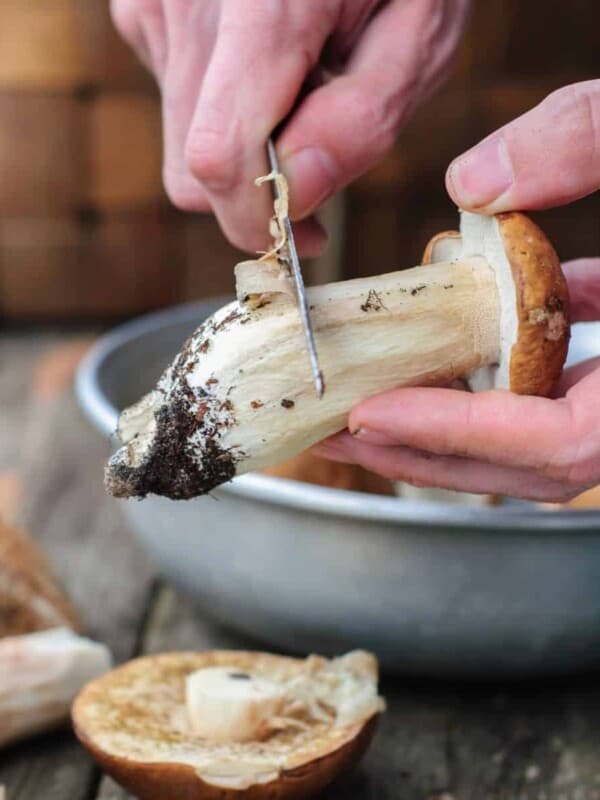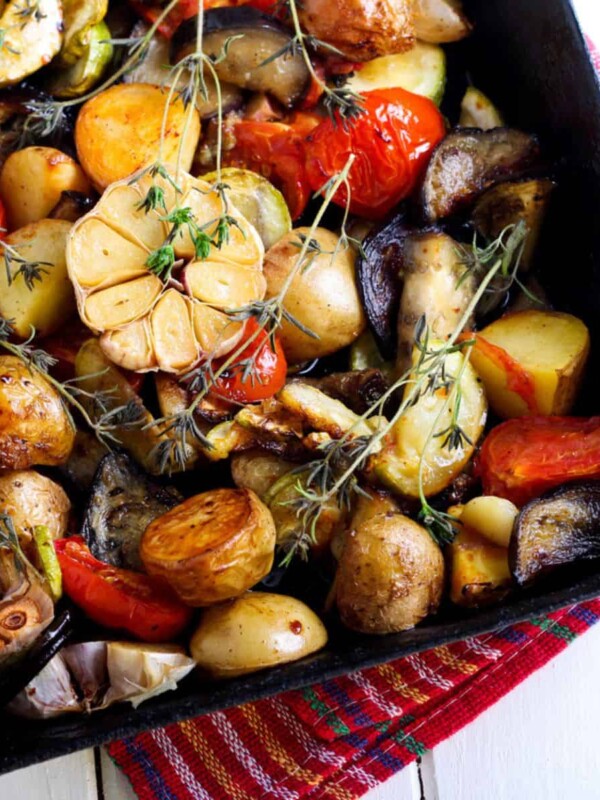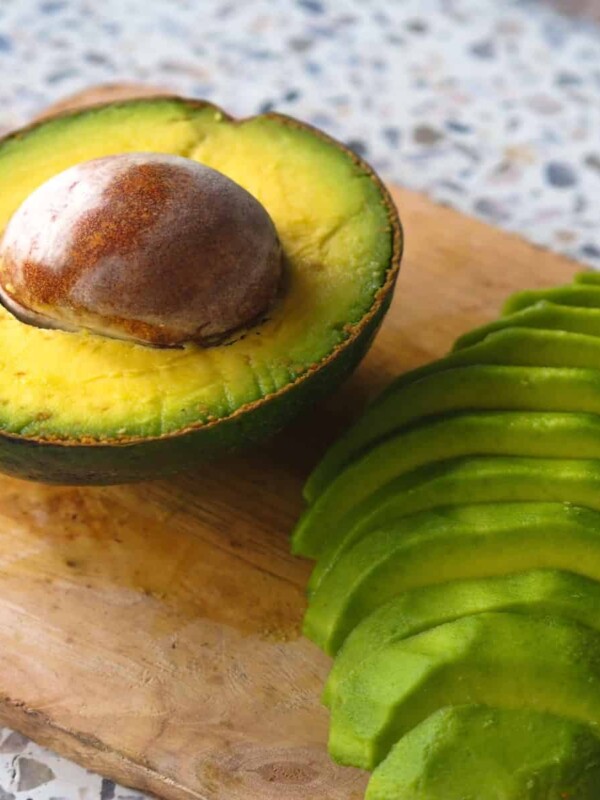This post may contain affiliate links. Please read our disclosure policy.
Oil is often considered the king of the kitchen, especially when it comes to frying. The Lifespan of Frying Oil depends on several features, such as foaming, darkening, or smoking excessively.
There are several types of frying oils, however, for the best results, Canola oil and Vegetable Oil are two types of the best oils to use for frying.
Just imagining the crunchy crust of the fried food takes away the thoughts of how messy, and smelly it may seem.
We all crave frying in all of its types, whether you’re on a diet or following a healthy food lifestyle, when it comes to fried food, we always break the rules!
Irresistible Crisp

Fry-tastic Frying Techniques
We need to talk about fry oils in the beginning before we start talking about reuse. Your oil won’t be usable if the frying process is not working. Here’s what you need to know.
Successful deep frying heavily relies on selecting the right kind of oil, as the threshold at which an oil starts to degrade and produce smoke is called the smoking point.
To avoid oil breakdown while frying at high temperatures, it’s best practice to use oils with a higher smoking point. Canola and peanut are among the choices to replace vegetable oils in this dish, but avoid using olive oil for deep frying as it tends to be costly with a low smoking point leading to a dominant taste.
You Can Definitely Feel its Smell
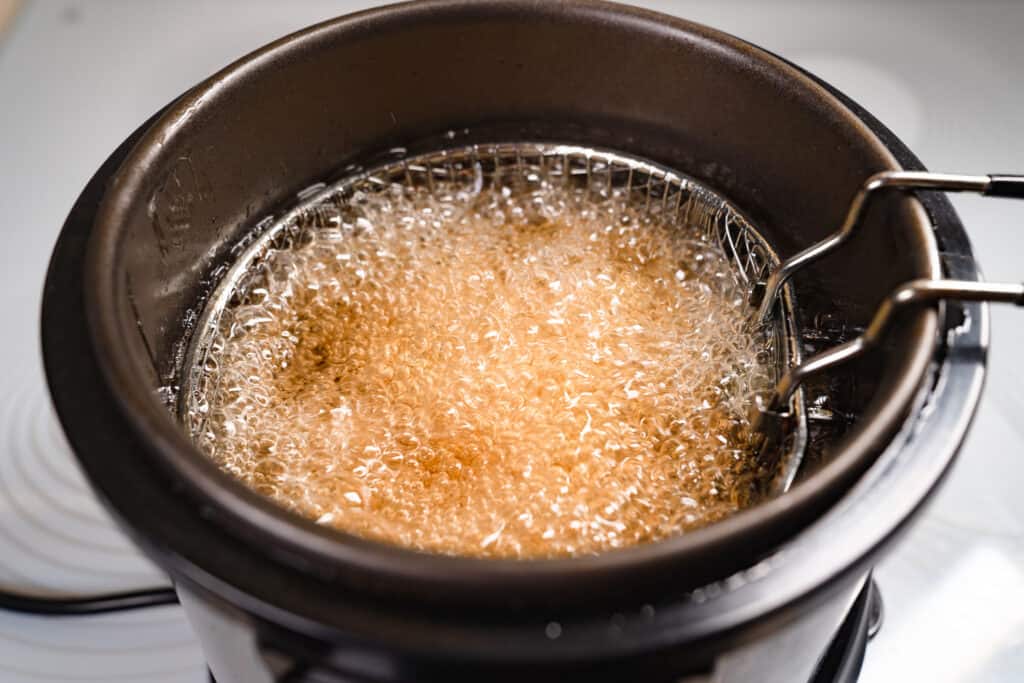
Fry it Right
Not managing the temperature correctly is a common cause of deep frying accidents. Make sure that you maintain an optimal frying temperature to prevent issues such as excessive greasiness or unevenly-cooked fried foods while also preserving how long you can keep using the same batch of cooking oil.
Excessive heating causes degradation in oil quality making it unsuitable for use, so make sure to use fresh and stable oil for best results; otherwise, you’ll ruin the final dish.
Try to control your oil’s temperature by purchasing a thermometer that can withstand high temperatures (up to 400°F). Keep an eye on the range dial as you heat your oil.
As new batches of food are added, the temperature will drop, so you’ll need to pause and increase the oil’s temperature in between batches of frying. Watch the thermometer closely.
Isn’t it Clear Enough?
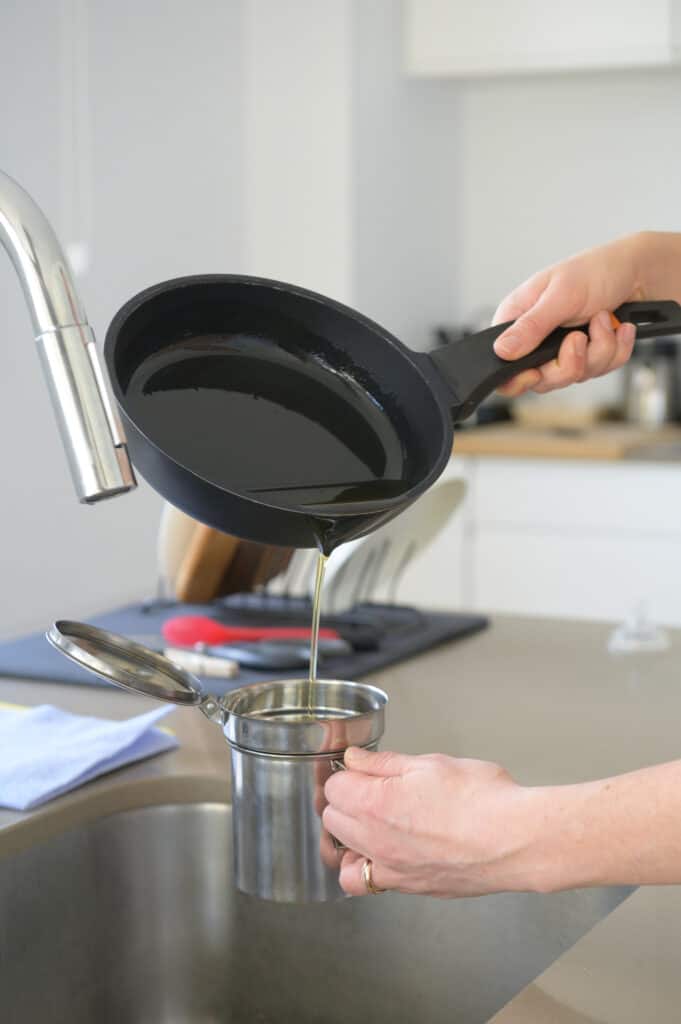
Filter the Oil
Don’t forget to drain and filter your cooking oil following each round of frying (Starting with round one.) The presence of impurities such as loose crumbs in the oil can result in loss of its integrity and burning while heating again.
Reinvent yourself as a private investigator to detect and sift through unwanted fragments. To prevent small crumbs from getting into your mixture, use cheesecloth draped over a metal strainer.
Keeping the oil refrigerated in an air-tight container is important after bringing it to room temperature.
Split Your Oils
You’ll also want to be careful when reusing oil because of the flavor. Fried fish oil is a killer for shrimp but not so great for doughnuts or onion rings because the frying oil will pick up the flavor of the food you cook in it.
To avoid unpleasant flavor overlaps, I suggest you separate your oils.
Yummy Dish is On The Way
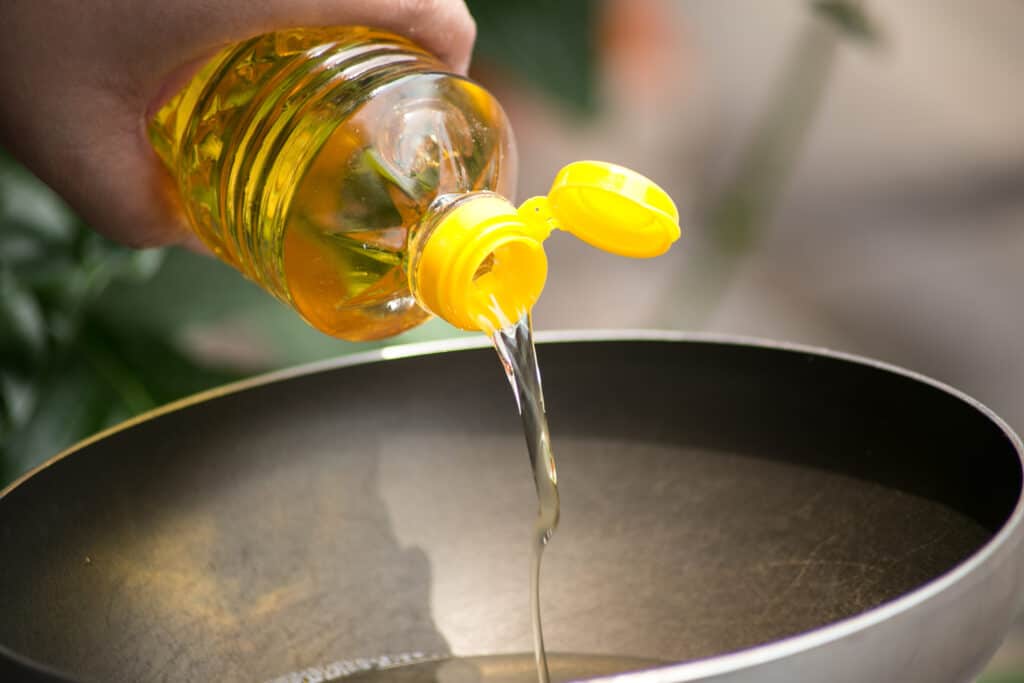
Reusing Frying Oil
Reusing an oil causes it to become more unstable until it eventually decomposes. When the oil begins to break down, it has a very distinct appearance.
Hot oils have a tendency to polymerize, which is the process by which small molecules join together to form larger ones, giving the oil a thick, gummy consistency and a darker color.
Ditching your oil happens after you witness foam or when looking cloudy. You cannot detect the sign of spoiled frying oil by sight.
However, if you sense a strange odor coming from your stored oil, it is time to toss it off.
Using oil older than one or two months should be avoided even if handled with great care.
How To Throw Away Unwanted Oil
Using and reusing your oil so masterfully without any decomposed smells is quite remarkable, but do you have a farewell strategy?
Do not pour grease down the drain with hot water, despite how tempting it may seem. Later, it’ll cause plumbing issues because it’ll get stuck in pipes.
It is best to put your frying oil in an air-tight vessel when it’s time to get rid of it, then dispose in the garbage. Otherwise, you can go green by taking advantage of facilities that accept spent cooking oils.
Other Uses for Your Reused Oil
There are alternative ways to use your leftover fryer oil beyond just deep frying.
You can scoop up tablespoons from the container as though it was just like you would with any other fresh oil.
The oil will definitely be used up eventually, and you won’t have to worry about it getting weaker and weaker with each use. For stir-fries and salads, use oil from your supply, but pay attention to the flavors the oil has developed.
Adding fresh canola oil beats adding previously used fried chicken oil when making a cake.
Frequently Asked Questions (FAQs)
Notice any off-smelling, viscosity or color, smoking, or frothing changes. At the first indication of any of these factors change the oil immediately.
Absolutely yes, you can reuse fryer oil, and the color of the oil you are using when you are frying definitely affects the taste and appearance of the fried food.
Oils can be kept at room temperature, but you should abide by these straightforward rules: Oils that are being stored need to be protected from heat and sunlight. When not in use, the container should always be kept closed.
The next time you fry, save one or two cups of used oil to combine with fresh oil (a ratio of 1 cup of used oil to 5 cups of fresh oil worked best). Just be careful not to save fish-frying oil, as the flavor will contaminate the fresh oil.
Never leave a pan of hot oil unattended for safety reasons. Before placing the ingredients in the oil, make sure they are completely dry because any residual liquid will cause the oil to splatter, which is hazardous.
Other Kitchen Hacks You May Try
- Different Types of Oil and their Uses
- Types of Kitchen Knives
- Essential Cooking Tools for Beginners
- Top Tips to Improve Your Cooking Experience
- How to Clean & Store Veggies to Stay Fresh
- How To Set Up A Charcuterie Board
- Best Way to Clean a Cast Iron Skillet
- Different Pasta Shapes and Their Uses
- Different Rice Types and Their Uses
- How to Store Dry Herbs Properly

